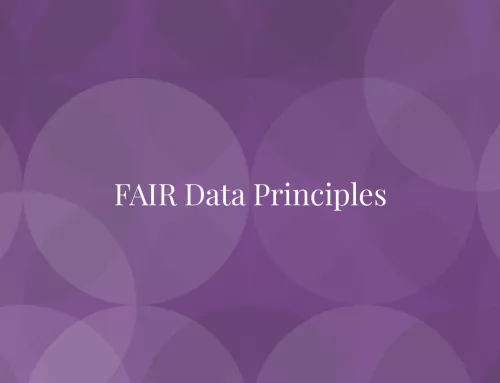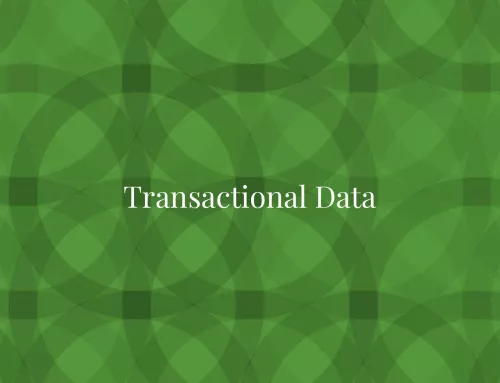Master Data Management (MDM) is a technology-enabled discipline in which business and IT work together to ensure the uniformity, accuracy, stewardship, semantic consistency and accountability of the enterprise’s official shared data assets.
The challenge
Today, most organizations operate several disparate systems, such as such as CRM, ERP, etc. that support business processes and contain important data on customers, transactions, products, business KPIs, etc. This leads to data silos, duplicated data, incomplete data and therefore, a disjointed view of the business. Since data is spread across multiple systems and locations, analysing data to derive business insights is challenging.
Business value drivers
Master Data Management facilitates good analytics and business predictions through Business Intelligence and Analytics. Managed master data helps an organization quicky derive intelligence on such queries as:
- Who are our best customers and where are they located?
- What products yield the best margins that we should invest in?
- How many employees are needed for a certain transaction to go through?
Furthermore, when Master Data is stored with redundancies, it can adversely impact the end-to-end process flow within an organization. For example, when different versions of Master Data exist, each of the different actions for order fulfillment such as order-to-ship, billing, and other process flows taps into a different Master Data set. This impedes successful execution: an item could be sent to the wrong address, or an outdated address appears on a bill. Having an integrated Master Data management system can help a company avoid all of these problems and their associated expenses.
IT value drivers
Good Master Data Management ensures data consistency, completeness, and accuracy within a business entity and its associates. The tools should ensure clean and consistent Data over the long run, not just the short term. Master Data management helps prevent clutter by eliminating silos and duplicate versions of data sets, manual errors, and establishing a trustworthy timeline of events. Given the importance of Master Data for business processes, various departments maintain data across multiple, non-uniform systems, databases and applications. For instance, sales staff will maintain information in customer resource management software, whereas the accounting department will maintain it in accounting software. The same customer information ends up being split over and over, increasing costs, and sometimes causing confusion. Having an organization-wide Master Data Management solution in place saves IT costs, staff productivity and smooth business process flows.
Benefits
Revenue growth
To provide personalized cross-sell and up-sell offers, you need access to reliable and complete data for all customer touchpoints. MDM can provide a consolidated source of key master data on customers, products, and relationships between master data entities. This accurate data source helps to increase revenue by appropriately responding to customers on their channel of choice. With a better understanding of your customers, you can ensure that the right cross-sell and up-sell offers are sent to the right customers at the right time.
Improve productivity
With Master Data Management, you can eliminate IT overhead and costs and drive operational efficiencies by providing a complete, consistent, reliable source of master data across your organization. MDM will also help improve visibility and control over business activities by managing sophisticated relationships across products, customers, vendors, and locations.
Supply chain optimization
Master Data Management offers a centralized perspective on products, and accurate information on inventory, product returns, and out-of-stock items across the supply chain, improving inventory management, forecasting, and customer service. You can ensure accurate, timely information is provided to support decisions and actions made by the applications, processes, and people that run your business.
Business insights
Master Data Management can speed up time-to-insight and action by allowing business users to directly access, manage, and visually interact with master data. With a richer source of product, customer, and vendor data, you can introduce new products and services faster.
Increase customer satisfaction
You can also accelerate loyalty and increase sales with Master Data Management by personalizing interactions, delivering a consistent experience across channels, and tailoring products and services to your customer’s specific wants and needs.
Improve compliance posture
Centralized and complete master data helps to reduce costs associated with compliance reporting and penalties. With master data management, fewer vendor and product compliance issues lead to faster new product introductions and vendor onboarding.
An extensible master data repository with flexible data modeling features provides a centralized view of all relationships between data types, clarifying complex cross-domain relationships, providing a flexible and multi-domain MDM solution.
Implementation models
Source of record
In this model, a single application, database or even a file is designated the source of record or system of record. Other applications, systems and databases consume master data from the source of record.
Centrally authored
In this model, master data is authored in the MDM. Other systems subscribe to the MDM for master data (or the MDM pushes the data into downstream applications).
Consolidated
Source systems feed data into the MDM for consolidation into golden source records.In this model, the master data from several systems is integrated into a single hub.
Coexistence
A mashup of centrally authored and consolidation that allows for creation of data in multiple systems (including the MDM).
Registry
Rather than consolidating records, joining/aligning unique identifiers from across all the systems into join tables.
Propagation
In this model, master data is copied from one system to another, typically through point-to-point interfaces, especially to support legacy systems.
Federation
In this model, a single virtual view of master data from one or more sources is distributed across one or more destination systems.




